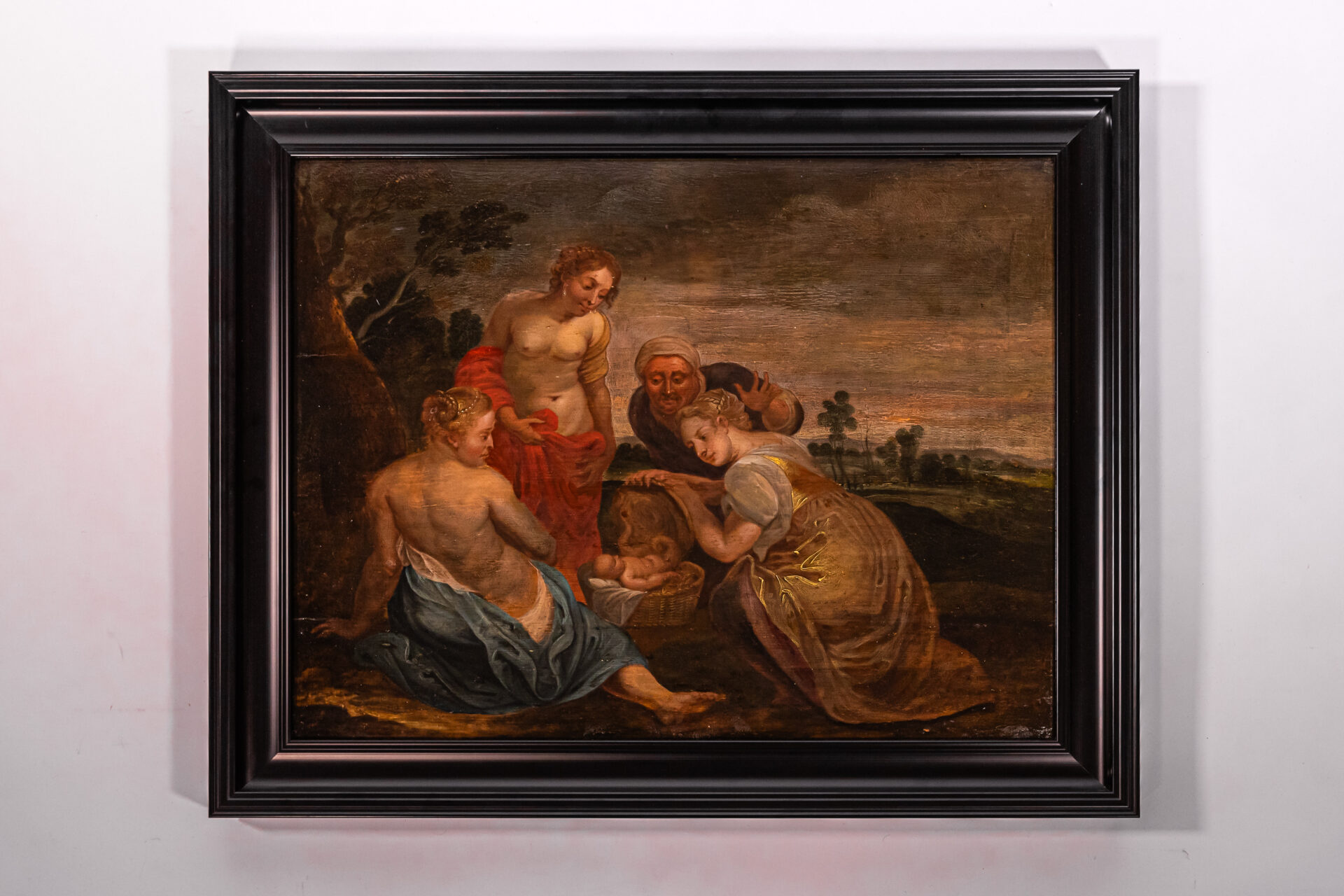Erichthonios of Athens (ancient Greek: Ἐρεχθόνιος) , occurs in Homer, a son of the Earth (a autochthonos), that Pallas Athena he fed her and built her a temple.
However, he is usually considered a son of Hephaestus. His mother is sometimes called Atthis, but another version of the story is that Hephaestus fathered him at Gaia (earth). For he had made for his mother Hera a golden chair with hidden shackles, which held her as soon as she sat on it, to punish her, because she had thrown him, her own son, out of heaven because of his ugliness. Zeus had found so much pleasure in this, that he promised Hephaestus, to give him what he desired. This one asked the hand of the clean and chaste Athena. As audacious as that demand was, Zeus wanted to fulfill his promise, all the more so since it had been Hephaestus himself who had assisted Zeus, when Athena was born from his head. The goddess was thus sent by her father to Hephaestus, but refused to submit to him and marry him. Hephaestus then attempted to rape her, but Athena fought off and escaped. His seed fell on her thigh, and Athena wiped it off in horror with a piece of wool (ἀριον, erion) and threw it on the ground (χθών, chthôn). In this way the Earth was fertilized and it thus produced Erechtonios or Erichthonios.
The discovery of Erichthonius by Peter Paul Rubens (Allen Memorial Art Museum (AMAM) in Oberlin (Ohio)).
Athena took the child and put it in a box, which she Pandrosos the daughter of Kekrops for safekeeping, with the express prohibition to open it. The Sisters of Pandrosos Herse and Aglauros however, unable to contain their curiosity, they opened the box and found the child wrapped in a snake. Immediately they were seized by madness and fell from a high rock (the Akropolis the Athens).

